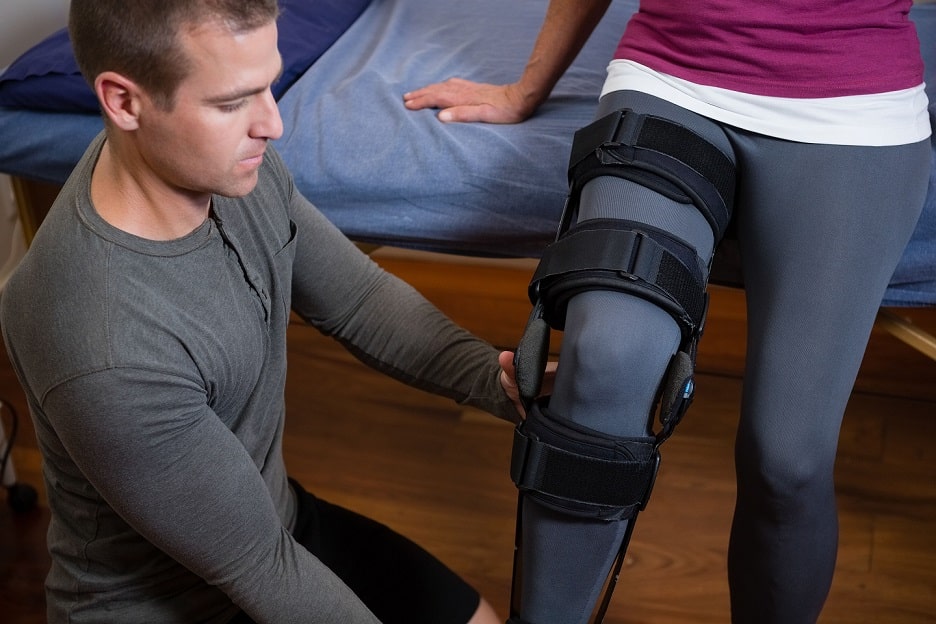 Suffering from a psychological injury can be just as distressing as suffering from any physical one but claiming for psychological injury can be an incredibly difficult thing to do sometimes.
Suffering from a psychological injury can be just as distressing as suffering from any physical one but claiming for psychological injury can be an incredibly difficult thing to do sometimes.
Commonly the main thing in these claims is that the injury HAS to be a recognised psychological injury; i.e. not just natural human emotions such as stress, anxiety and worry. Therefore if you are looking to proceed with this type of claim it is imperative to seek a medical diagnosis.
Secondly, another common thing is establishing whether you would be classed as a “primary” or “secondary” victim. The leading case in this area comes from something that has been in the news a lot recently and which claimed the Christmas number one this year – The Hillsborough Disaster of 1989.
Alcock v Chief Constable of South Yorkshire Police, concerned several claimants wishing to pursue a claim for psychiatric damage caused by either seeing relatives suffer in the crush or alternatively experiencing the aftermath of the disaster. The court grouped these types of claimants into the category of “secondary” victims as they were not injured or in danger of immediate injury; those that were, were classed as “primary” victims.
So what does this distinction mean for your potential claim? It is argued that this distinction is needed to limit the amount of claims that can be made. Therefore if you are a secondary victim there are more hurdles to jump to enable you to pursue a claim;
1- You must have perceived a SHOCKING EVENT and this must have been with your UNAIDED SENSES. What this means is that you must have seen the event, heard it or experienced the immediate aftermath. This normally excludes any person that has merely suffered an injury by seeing things on the TV, hearing them on the radio or being told things by a third party.
2-The above must be SUDDEN and not an injury that develops itself gradually.
3- A close tie of LOVE AND AFFECTION. You must be able to establish that you had close proximity with the injured- this may seem simple however more unconventional relationships can be difficult to prove.
4- It has to be REASONABLY FORESEEABLE that someone would suffer from a psychiatric injury. This ties in with the relationship requirement in point 3 however once this is established it does not matter whether one person is felt to be more susceptible as the defendant must accept the claimant as he finds them.
But what happens when you are directly involved in an accident (and consequently a primary victim) but only suffer a psychiatric illness with no physical injury? This is a scenario that can happen more often than people think- as naturally some people do not injure themselves as easily as others.
For example: you are in a car accident caused by somebody else’s negligence, you are not hurt physically but consequently suffer from a psychiatric condition such as post-traumatic stress- Can you still claim? These are similar circumstances to that of the leading case Page v Smith. In this case even though the defendant tried to argue that suffering from a psychiatric illness was not foreseeable, as the claimant was a primary victim this was not something that needed to be established- just simply that personal injury would be foreseeable.
Therefore although it can be a difficult route, the route is there to be taken. Personal injury does not just mean broken bones or pulled muscles as, of course, psychiatric illness can be just as debilitating. Therefore if you feel you may be entitled to claim for a personal injury – either as a primary or secondary victim- contact us today on 0800 634 75 75.

 Suffering from a psychological injury can be just as distressing as suffering from any physical one but claiming for psychological injury can be an incredibly difficult thing to do sometimes.
Suffering from a psychological injury can be just as distressing as suffering from any physical one but claiming for psychological injury can be an incredibly difficult thing to do sometimes.









